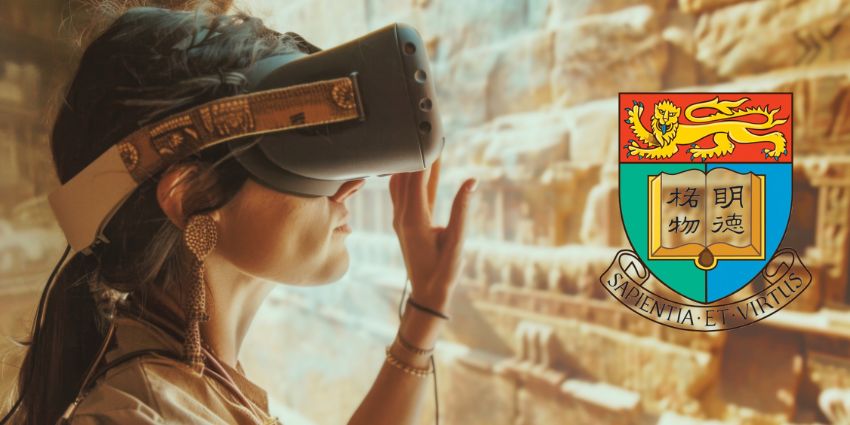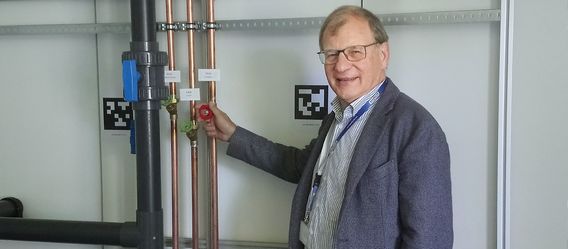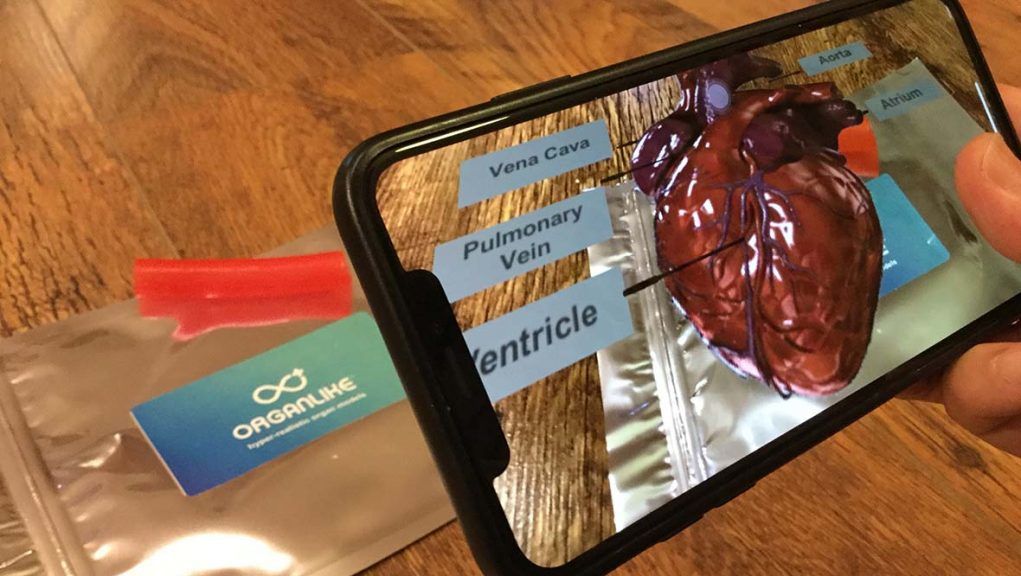3D immersive technologies are “revolutionising” excavations of ancient sites
Archaeologists at the University of Hong Kong are utilising 3D immersive technologies for excavations of ancient sites.
- University of Oxford Host XR Event to Boost Commercial Investment and Partnerships
- Why is the University of Canterbury Developing a Virtual Infant Solution?
- University of Miami Builds an Educational Metaverse with ENGAGE
The technologies, which include the use of mixed reality (MR) and augmented reality (AR) headsets, are “revolutionising” its work by enabling them to interact with and collect digital 3D data during these excavations.
According to the University of Hong Kong, archaeology is often viewed as a ‘destructive science’ and this technology will help to reduce unnecessary excavation and removal of artefacts.
The University of Hong Kong believes it is applying the immersive tech in a new way within its field: “Archaeology studies the human past through the excavation of things people made and used thousands of years ago – from architecture to objects like pottery bowls and animal bones from meals.
“Although many excavation projects create digital 3D models of what they uncover, archaeologists need new ways to meaningfully use those data.
“Some projects share 3D models with the public as tourism and teaching tools – one may have recently seen 3D displays at museums.
“However, archaeologists themselves have not yet taken full advantage of these models in their own fieldwork and research. That is about to change!”
AR and MR in Archaeology
The university is leveraging MR headsets, like the Microsoft HoloLens 2 and the Meta Quest Pro, to interact with the real world and 3D models simultaneously.
Augmented reality (AR) smart glasses have information displayed on a small screen within the lenses, plus cameras and microphones. While AR devices are also used while actively digging, they are employed to collect data.
The team has already applied these technologies during a fieldwork project in the South Caucasus of Armenia, where it routinely extracts stone walls and pottery vessels to see what is beneath.
The archaeologists also use AR smart glasses for basic data recording like capturing photographs and using voice recognition for notetaking.
Professor Peter J. Cobb, Archaeologist at the HKU Faculty of Arts, shared his experience of using the technology: “By wearing an MR device while I dig, I can virtually see a removed wall at its original location.
“This helps me decide where to dig next, and I can compare, in situ, multiple sections of ancient architecture that were removed at different times.”
Cobb continued: “Archaeologists must have their hands free while recording data, since we need to hold our trowels and brushes while digging.”
MR headsets have also been deployed by the team to compare 3D scanned ancient pottery sherds with real-life ones, helping in the analysis of inaccessible artifacts on display at museums.
In the future, the Hong Kong University archaeologists foresee AI being key to matching these fragments by comparing their shapes.
HKU Faculty of Arts PhD candidate Mr Hayk Azizbekyan, who leads the research, believes that using MR and AR technology in this way represents a major step forward:
“MR and AR headsets have never been used before at an actual archaeological excavation project to support the digging work of a team, this is our game-changing innovation!
“I’m excited to experiment with future ways of studying old things and preserving cultural heritage.
“We call this project our ‘vision for the future’, since the technology enables new ways of ‘viewing’ the past’.”
The team’s achievements so far have been recorded in the Journal of Computer Applications in Archaeology (JCAA).
Quelle:




